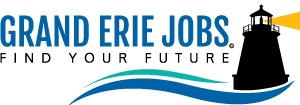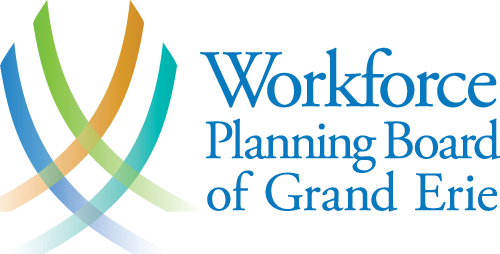
Quality of Work – New Local Survey
The Workforce Planning Board of Grand Erie has launched a new survey that is digging into how people perceive quality of work at their current or past workplaces.
Quality of work typically refers to a combination of things like a job’s income and benefits, job security, chance for promotion, opportunities to use skills, workplace culture and more.
For the last few years, our annual employer survey results have highlighted the growing obstacles that businesses face in finding and retaining suitable employees. Turnover triggered by quits, workplace culture and lack of work-life balance has been increasing and this has significant impacts on business operations.
With the added volatility of the COVID-19 pandemic, it is important to better understand the factors that influence quality of work, and to scope out the opportunities, challenges and barriers to supporting the Grand Erie labour market.
We will be examining the “quality of work” amongst workers within six industries in the Grand Erie area (healthcare and social assistance, retail trade, construction, manufacturing, accommodation and food services and agriculture.) The research will be carried out through a workforce survey that will measure the quality of work along 6 dimensions defined by Statistics Canada.
With this survey, we want to better understand what people value in a job, the workplace and their leaders. It is important to hear from workers, what attracts them to apply for a job and to stay in a job.
Many employers are experiencing labour shortages and they are competing for workers. Having a reputation of providing a good work culture and jobs can make a business stand out. The survey should help businesses, community organizations and local government learn more about what workers value in a workplace, and could prompt changes that strengthen quality of work.
Employers may learn what improvements or best practices they can implement in their workplace to give workers a stronger incentive to stay. And a good quality of work and work-life balance at a workplace can be a big selling point to potential new hires.
Individuals who complete the survey may find themselves better equipped to open up conversations with their managers about how their work quality can be enhanced. Results may also help those looking for work to identify industries that best support their quality of work goals.
Further, data collected through this survey can help community organizations/government develop better, more targeted programs and services to support our workforce’s needs.
The survey, which takes about 15 minutes to complete, is open to employees and job seekers 15 years and older who lives in Brantford, Six Nations, New Credit and Brant, Haldimand and Norfolk counties and will be running until September of this year. Those who complete the survey will have a chance to win a prize in a weekly draw.
The research project is funded by the Government of Canada’s Future Skills Centre, a forward-looking organization that prototypes, tests and measures new and innovative approaches to skills development across Canada. To learn more about Future Skills Centre, visit: fsc-ccf.ca
Thank you to our survey sponsors:










